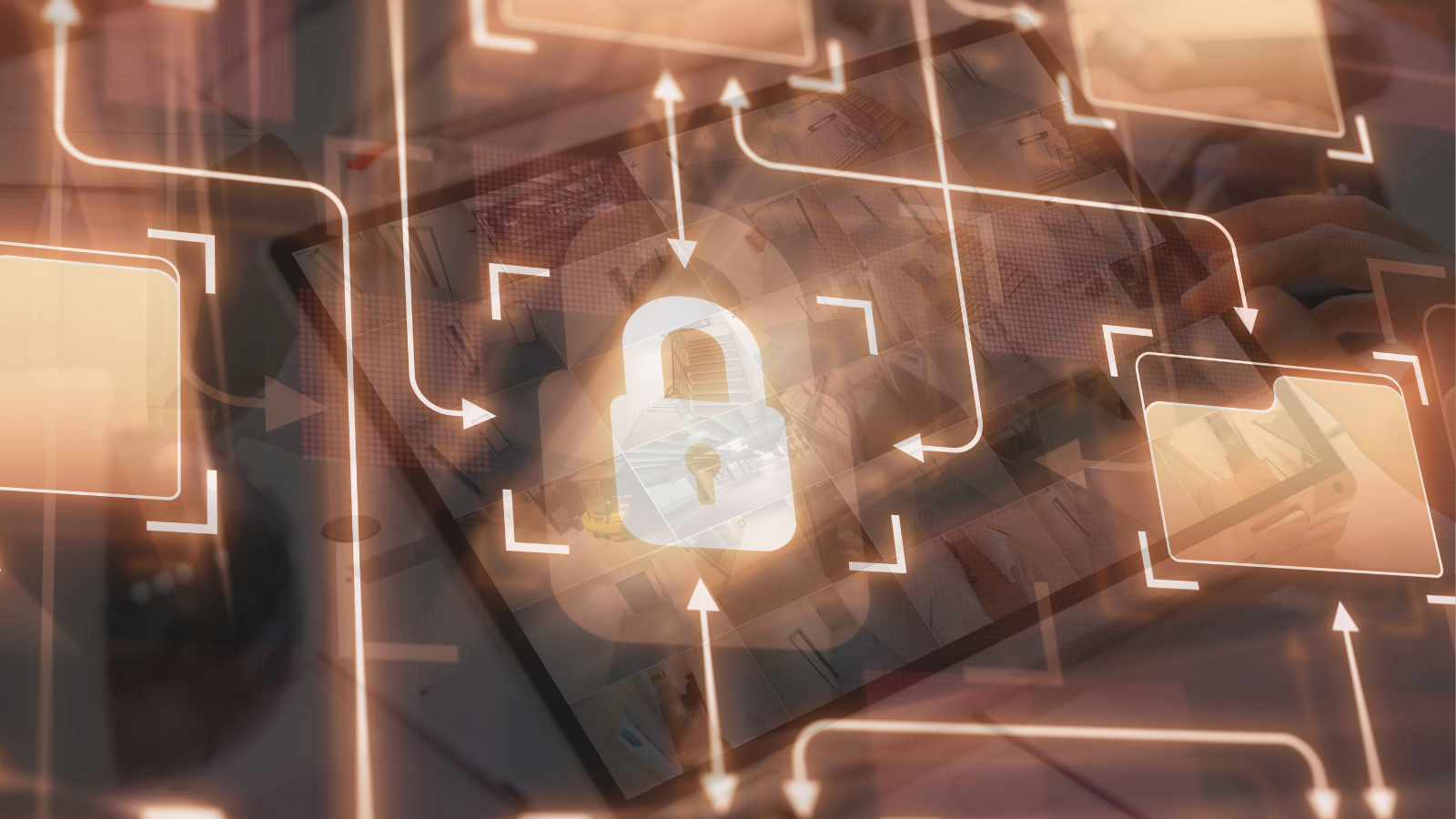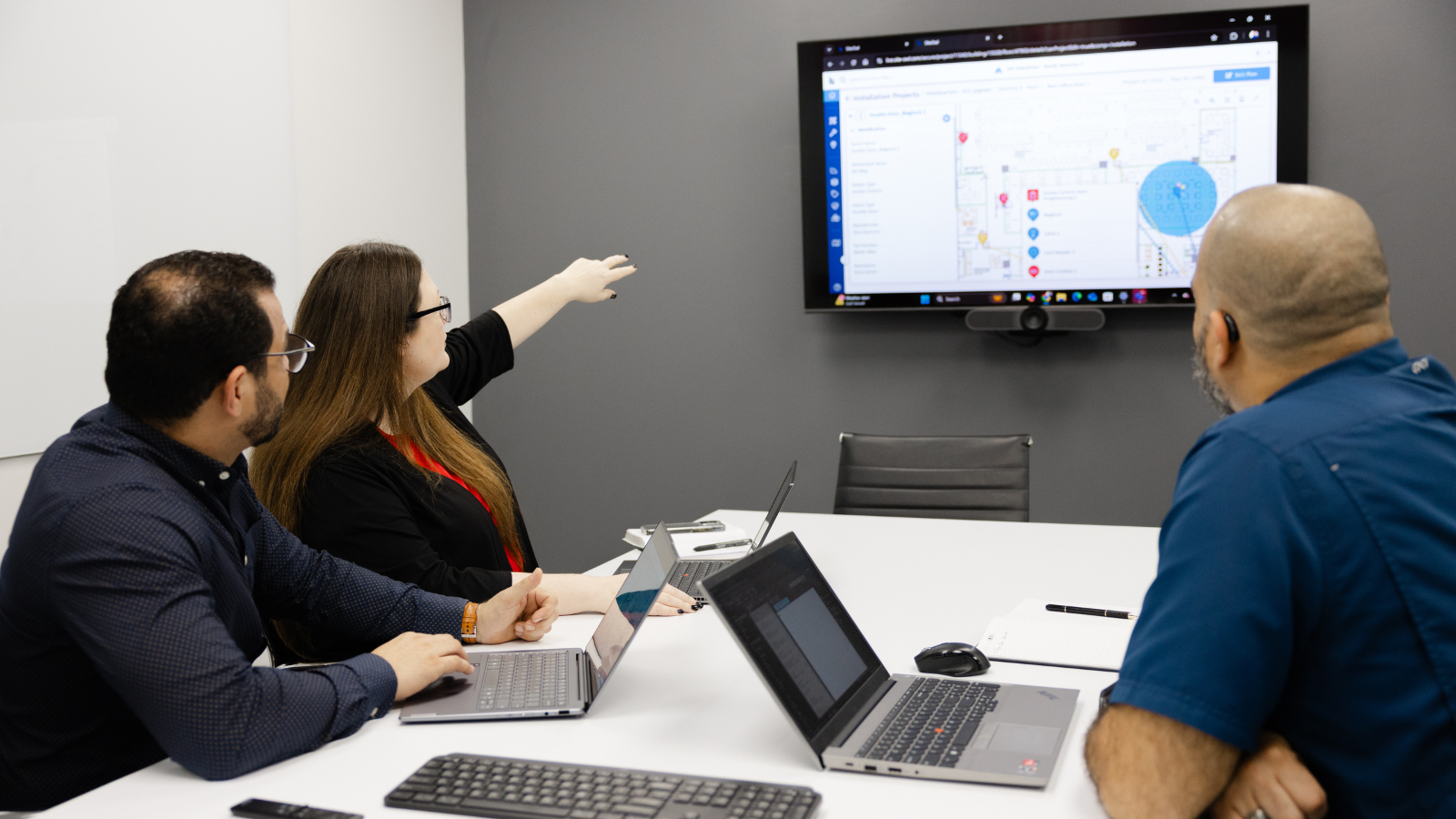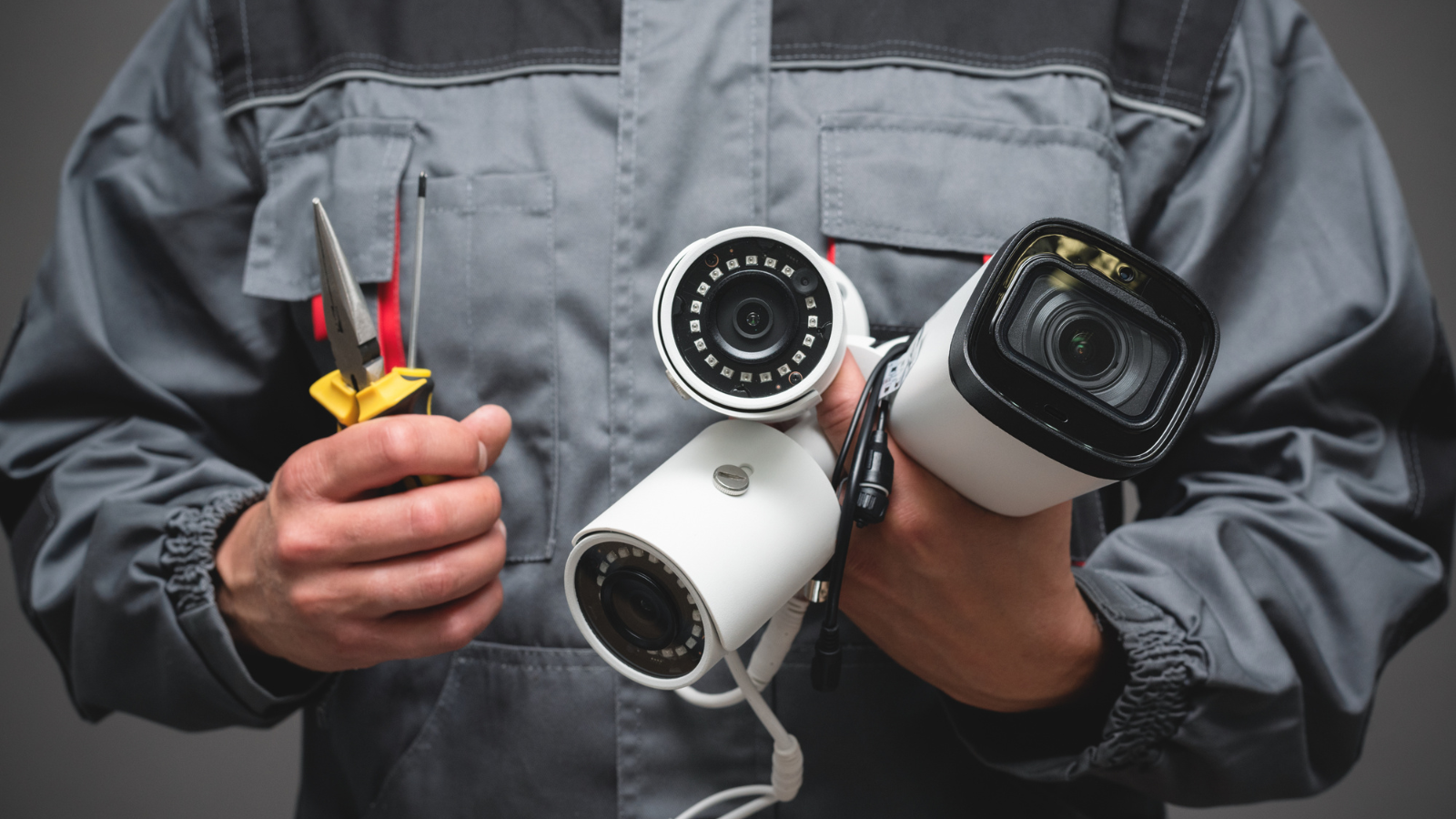Educational campuses are dynamic environments that face unique security challenges. From ensuring student safety and protecting staff to managing sprawling facilities and maintaining compliance, campus security requires a proactive and comprehensive approach.
As we look toward the future, higher education institutions are adopting innovative strategies and cutting-edge technologies to stay ahead of these challenges. The focus is no longer just on reacting to incidents but on creating proactive, integrated systems that prevent them.
SiteOwl, a leader in physical security solutions, is helping campuses meet these challenges head-on. With a centralized platform, institutions can streamline operations, oversee assets, and coordinate projects—all in one place.
Here are the key trends shaping campus security in 2025:
1. Campus security teams will embrace digital solutions
Campus security is stepping into the future. Like many industries, it’s undergoing a digital transformation, and forward-thinking security teams are leading the way. A 2024 survey revealed that 59% of campus security teams are planning to expand or upgrade their systems within the next two years.
From AI-powered tools to integrated systems, the shift is making campuses better prepared for modern challenges. Here’s how those tools are helping:
- AI-driven video analytics are helping campus security teams analyze live video feeds in real-time, identifying unusual activities or potential threats.
- Advanced access control solutions ensure that only authorized individuals can enter secure areas, enhancing overall campus safety.
- Centralized tools are allowing campus teams to streamline operations and make rapid decisions.
Embracing these technologies not only enhances security but also reduces response times and operational inefficiencies.
2. Campus communication will take center stage
Speaking of operational inefficiencies, clear and effective communication is critical during emergencies and daily operations. Expect a greater focus on integrating mass notification systems, mobile alerts, and campus-wide communication platforms to ensure all stakeholders are informed and connected in real-time.
But what does effective communication look like in a critical moment?
In critical situations, every second counts. Advanced communication platforms can instantly deliver crucial information to the entire campus community, no matter where they are. This capability is essential for managing scenarios such as:
- Active shooter: Immediate lockdown alerts with real-time updates on the situation.
- Weather emergency: Evacuation orders, shelter-in-place instructions, and updates on campus closures.
- Utility outage: Notifications about power or water disruptions, estimated restoration times, and alternative resources.
- Daily operations: Reminders about campus events, safety tips, or important deadlines.
Beyond just broadcasting messages, these platforms enable two-way communication, allowing campus security to enhance situational awareness and coordinate responses efficiently.
3. Campus security projects will continue to expand
Campuses are rapidly adopting advanced security technologies, such as video surveillance, access control systems, and emergency communication platforms. A 2024 survey revealed that 98% of U.S. educational institutions already have at least one video surveillance system, with 59% planning to expand or upgrade their systems within the next two years.
Whether it’s constructing new facilities, retrofitting older buildings, or expanding existing systems, institutions will need scalable solutions to manage these initiatives efficiently. Scalable technologies offer several key benefits:
- Future-proofing: Scalable systems can adapt to changing needs and accommodate future growth without requiring complete overhauls.
- Cost-effectiveness: Scalability allows institutions to avoid costly replacements and upgrades by expanding existing systems.
- Flexibility: Modular and scalable solutions can be customized to meet the specific needs of different campus areas or departments.
- Centralized management: Scalable systems often come with centralized management platforms, simplifying monitoring and control across the entire campus.
With these benefits, adopting scalable solutions empowers campus security teams to modernize infrastructure and stay prepared for future challenges.
4. Security maintenance will become a top priority
Gone are the days of reactive maintenance. Preventive and proactive security system upkeep will take precedence, ensuring that cameras, sensors, and alarms remain fully operational.
Transitioning from reactive to preventive maintenance for security systems offers significant benefits:
- Cost savings: Preventive maintenance can lead to a 12-18% cost savings over reactive maintenance.
- Reduced downtime: Proactive maintenance minimizes unexpected equipment failures, ensuring continuous operation and reducing downtime.
- Extended equipment lifespan: Regular maintenance extends the lifespan of security equipment by addressing wear and tear proactively.
With tighter budgets, extending the lifespan of security assets is critical. Regular maintenance prevents failures, ensuring cameras, sensors, and alarms function when needed—because a security system is only as strong as its weakest link.
5. The end of traditional campus security
Traditional campus security is rapidly changing to meet the demands of a more complex and dynamic environment. While campus security teams have always worked hard to maintain safety, they’ve often been limited by legacy tools and manual processes that have made proactive maintenance and management challenging.
Today, advancements in security technology are reshaping how campuses operate. Key examples of these innovations include:
- IoT-enabled sensors: Deliver real-time data on environmental conditions, occupancy, and potential hazards.
- Cloud-based access control systems: Enable remote management of door access and permissions, improving flexibility and efficiency.
- Lifecycle management tools: Centralized platforms like SiteOwl streamline the management of security assets, ensuring they remain operational and effective.
Traditional, reactive security models are giving way to integrated and dynamic approaches. The future of campus security lies in leveraging technology, fostering collaboration between departments, and embracing a culture of continuous improvement to address both familiar and emerging threats.
Building a safe campus future
Campus security is entering a new era defined by innovation, collaboration, and adaptability. As threats to educational institutions evolve, strategies and technologies must advance to meet these challenges.
From leveraging AI-driven tools and scalable systems to prioritizing proactive maintenance and seamless communication, the trends shaping campus security in 2025 are all about staying ahead of the curve.
Ready to take your campus security to the next level? Download SiteOwl’s free ebook, Campus security made simple, and discover how to simplify your security operations while preparing for the future.

Su Subburaj
Su is SiteOwl's CMO and leads all marketing and communications. Su has extensive strategy and management consulting experience and previously consulted for 3Sixty Integrated where she gained an in-depth understanding of digital transformation challenges in the physical security industry. When not working on strategies to expand SiteOwl's footprint, Su enjoys bad karaoke, weightlifting and traveling.




